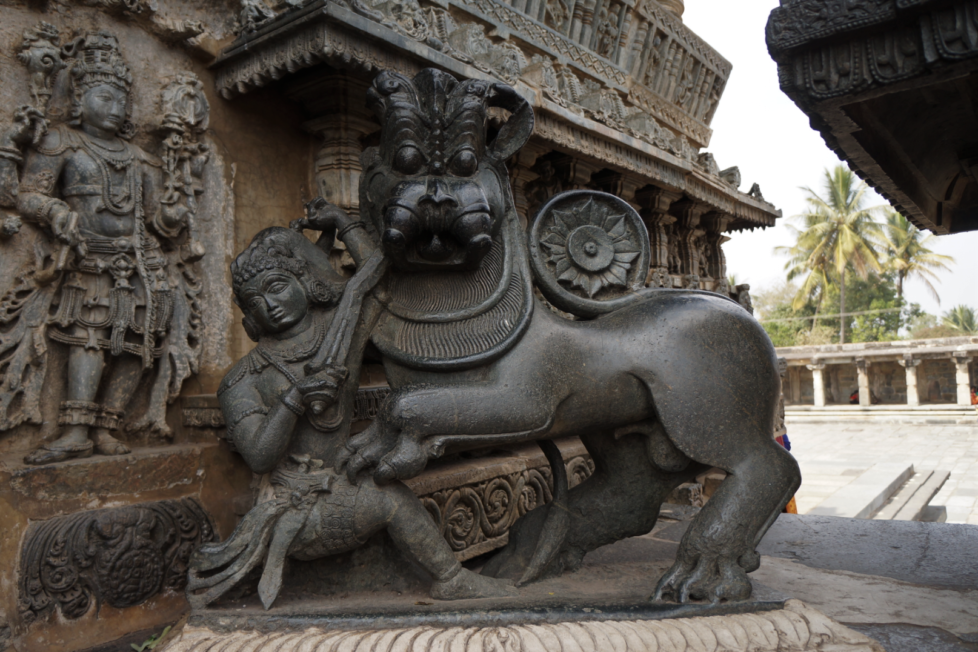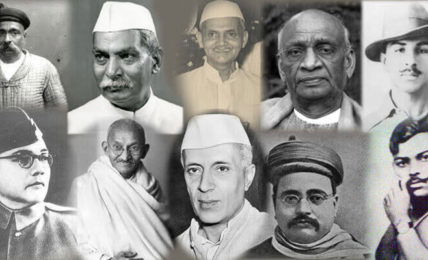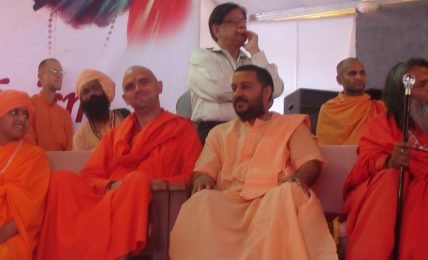From Mortality to Immortality – Accidental Success
Societies become civilizations or fall into ruins based on their ability to institutionalize. Societies that institutionalize events and processes are better able to leap forward, than those don't learn from successes and failures. A look at Accidental Success and Institutional Desgin - part I





Waiting for the next essay. ?
This is an age of averages especially in India. We strive in being average and even take pride in it, contrary to our culture and our teachings. It is very necessary to get over this obstacle to move forward. Very well brought out through this article.
Yes. The race to meet averages has become a vicious cycle – where most are trying to reach the average, and the average keeps going down. Some of the best examples of pandering to averages is seen in the way we design our Rail seating.
Thanks for reading and commenting.